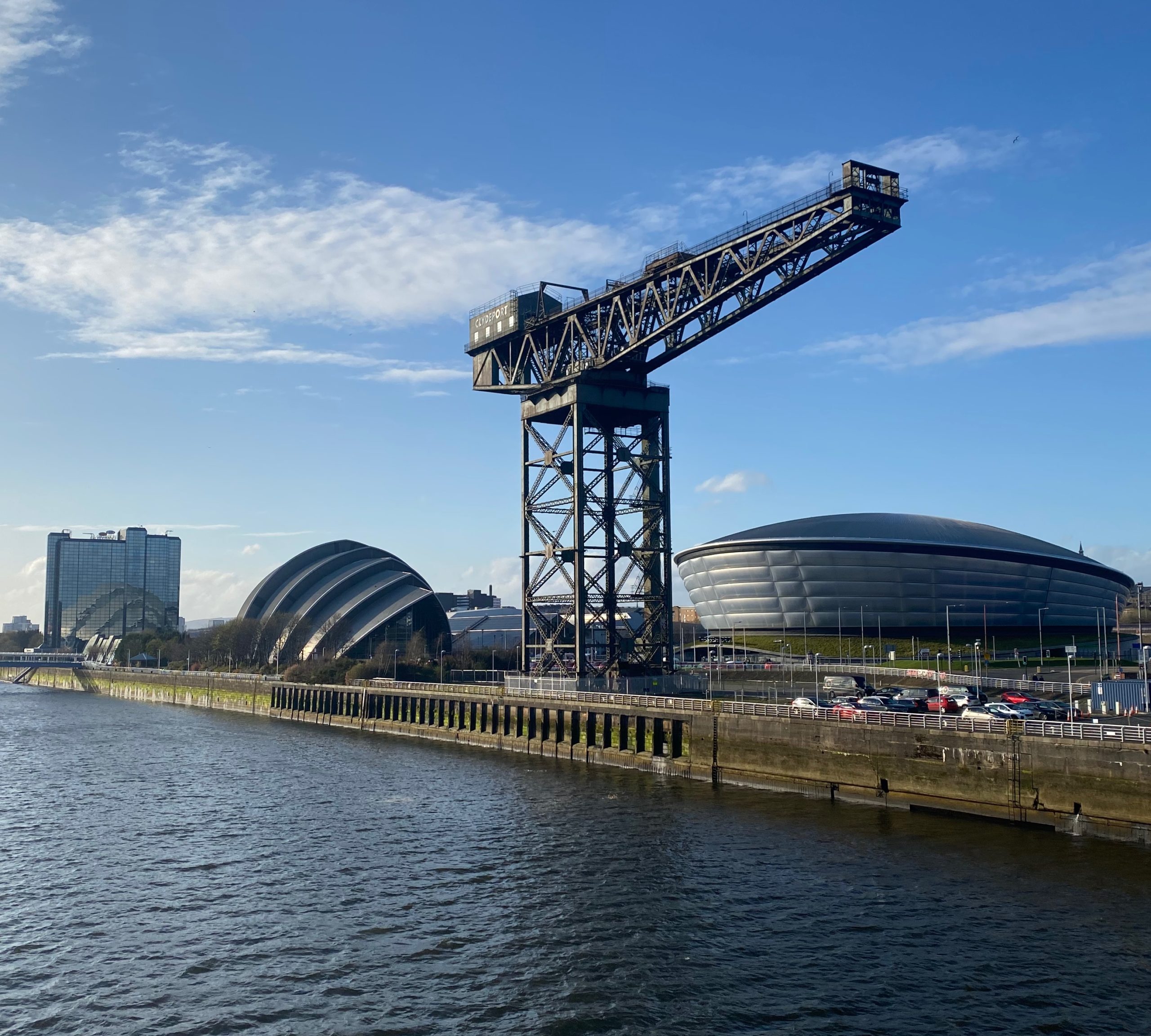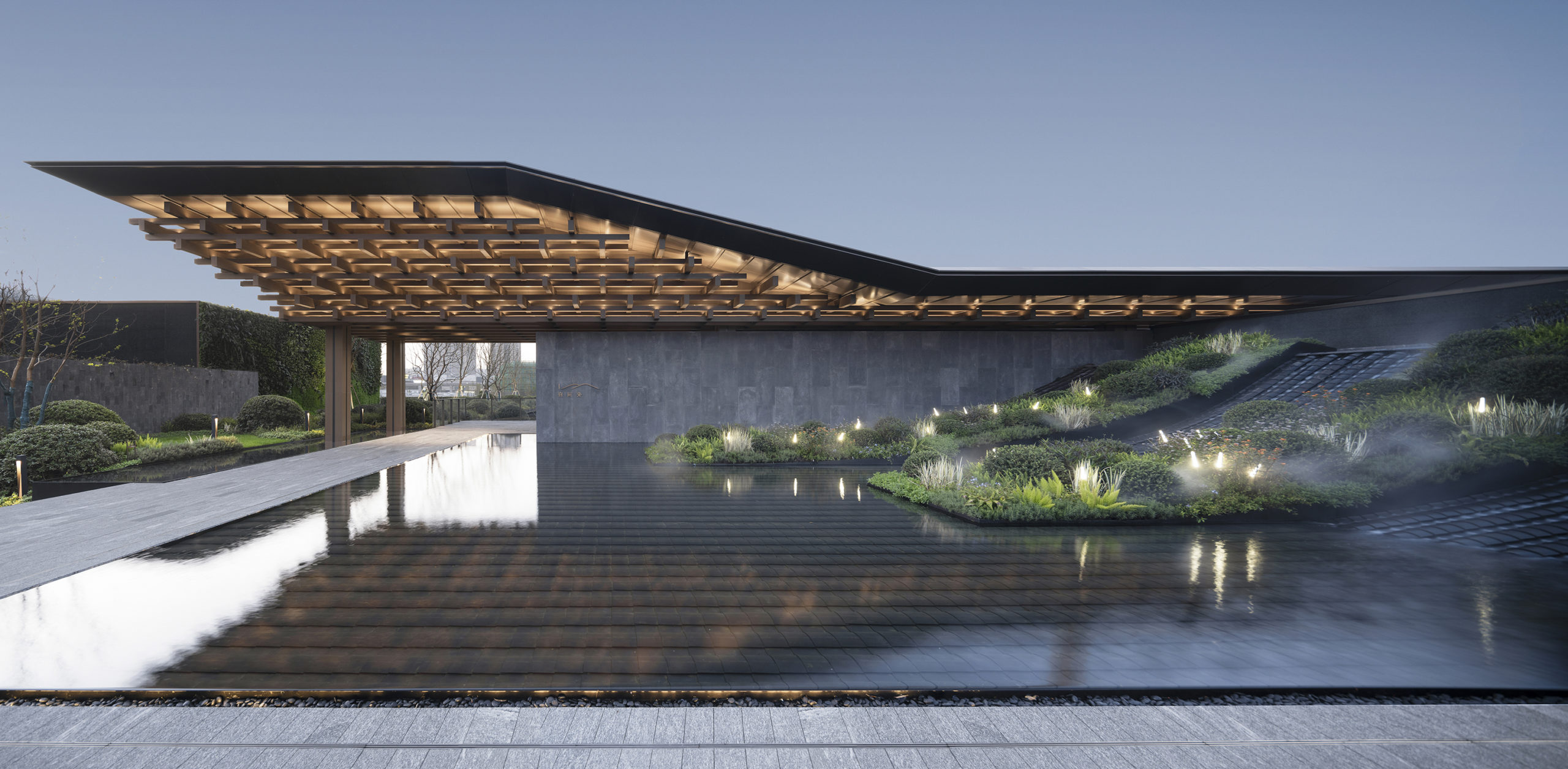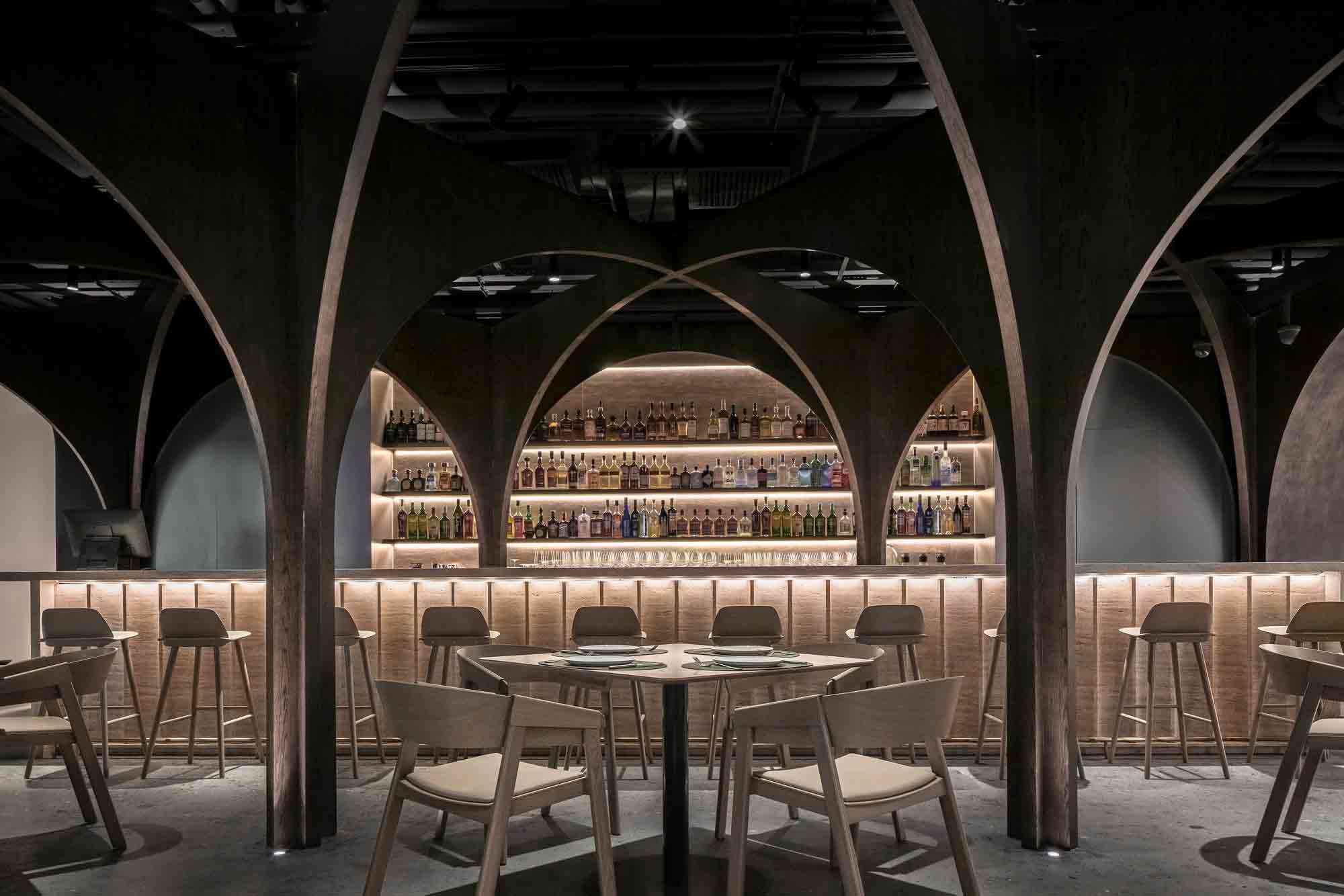Architizer's new image-heavy daily newsletter, The Plug, is easy on the eyes, giving readers a quick jolt of inspiration to supercharge their days. Plug in to the latest design discussions by subscribing.
“It’s a man’s world, and we’re just living in it.” Unfortunately, while some will surely disagree, the common turn of phrase rings true time and again. Education, job opportunities, wage, healthcare and personal safety are all dominated by an androcentric approach.
Historically, design has been based on outdated social norms rooted in patriarchal and paternalistic gender roles, with the ergonomics of products we use being based on the physicality of men. On a larger scale, this includes a functional societal design like urban planning. As such, we live in a world that is exclusionary to over half of the population as women, transgender, non-binary, persons with atypical physicality and other marginalized groups are all expected to adapt themselves to suit environments that are not and have never been built for them or their comfort and safety.
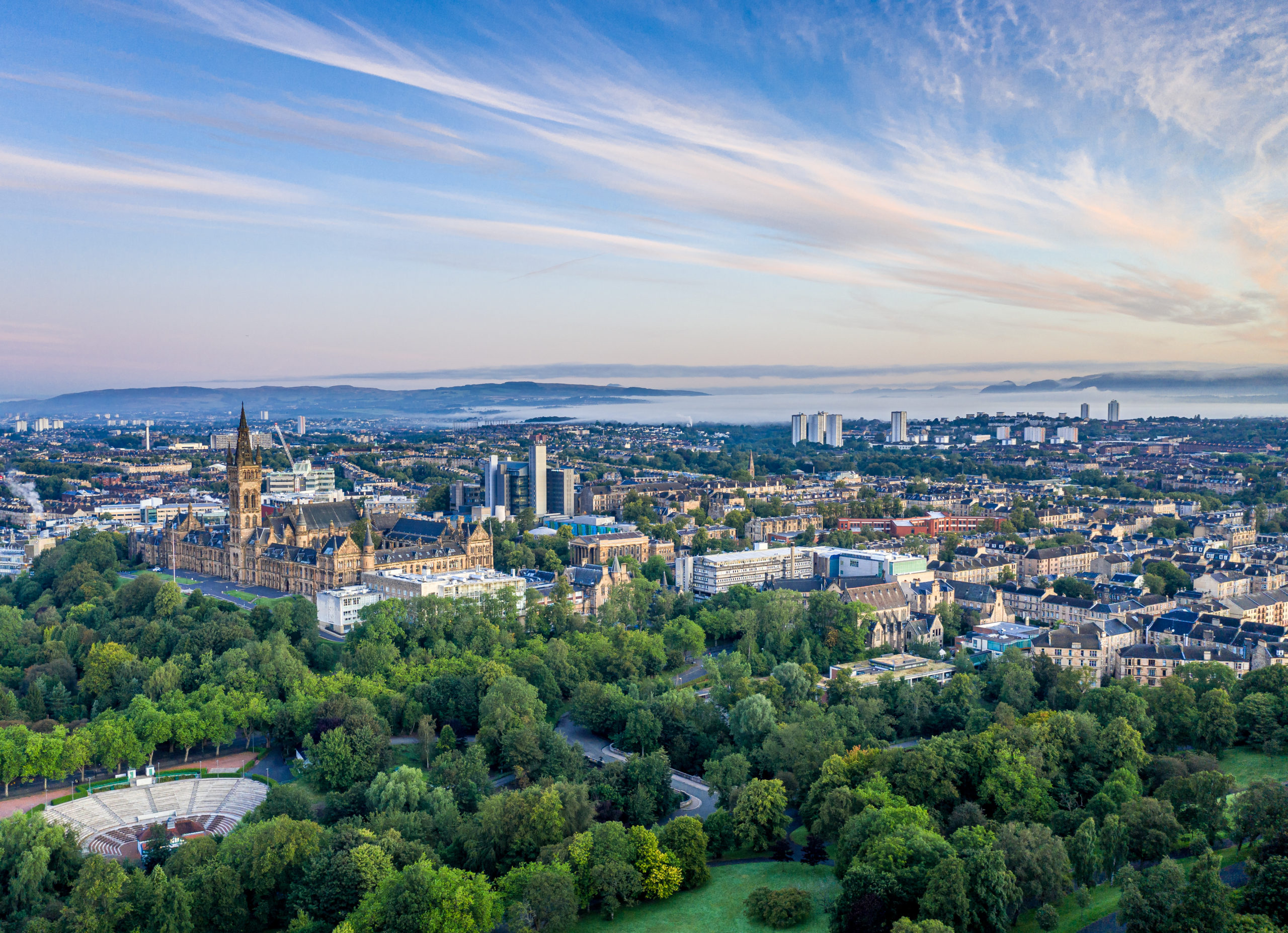
Ian Dick from Glasgow, UK, CC BY 2.0, via Wikimedia Commons
Thankfully, change is in motion. As many people demand more inclusivity globally, it is heartening to learn that, in some instances, the bodies trusted to instruct change are listening. In late October, the city of Glasgow in Scotland voted in favor of adopting a feminist urban planning strategy in a bid to tackle the overwhelming percentage of its population who do not feel safe or seen in the city.
Violence and sexual harassment towards women and minorities play an extensive role in why many societal groups do not feel safe in their towns and cities. In the UK, two out of three women aged 16 to 34 years experienced one form of harassment in the previous 12 months; with 44% of women aged 16 to 34 years having experienced catcalls, whistles, unwanted sexual comments or “jokes,” and 29% have felt like they were being followed. These numbers highlight the overwhelming volume of people who cannot simply exist in the world without being targeted by unprovoked and unwanted irritation and abuse.
While Glasgow is not the first city endeavoring to help its citizens feel more comfortable by challenging abusers and adopting a “feminist” strategy for urban planning, there are very few at this time. However, when explored in depth, it has been established that the forward-thinking approach not only supports women and marginalized people but aims to improve urban living for all in equal measure by solving many societal issues using various tactics to protect all members of communities.
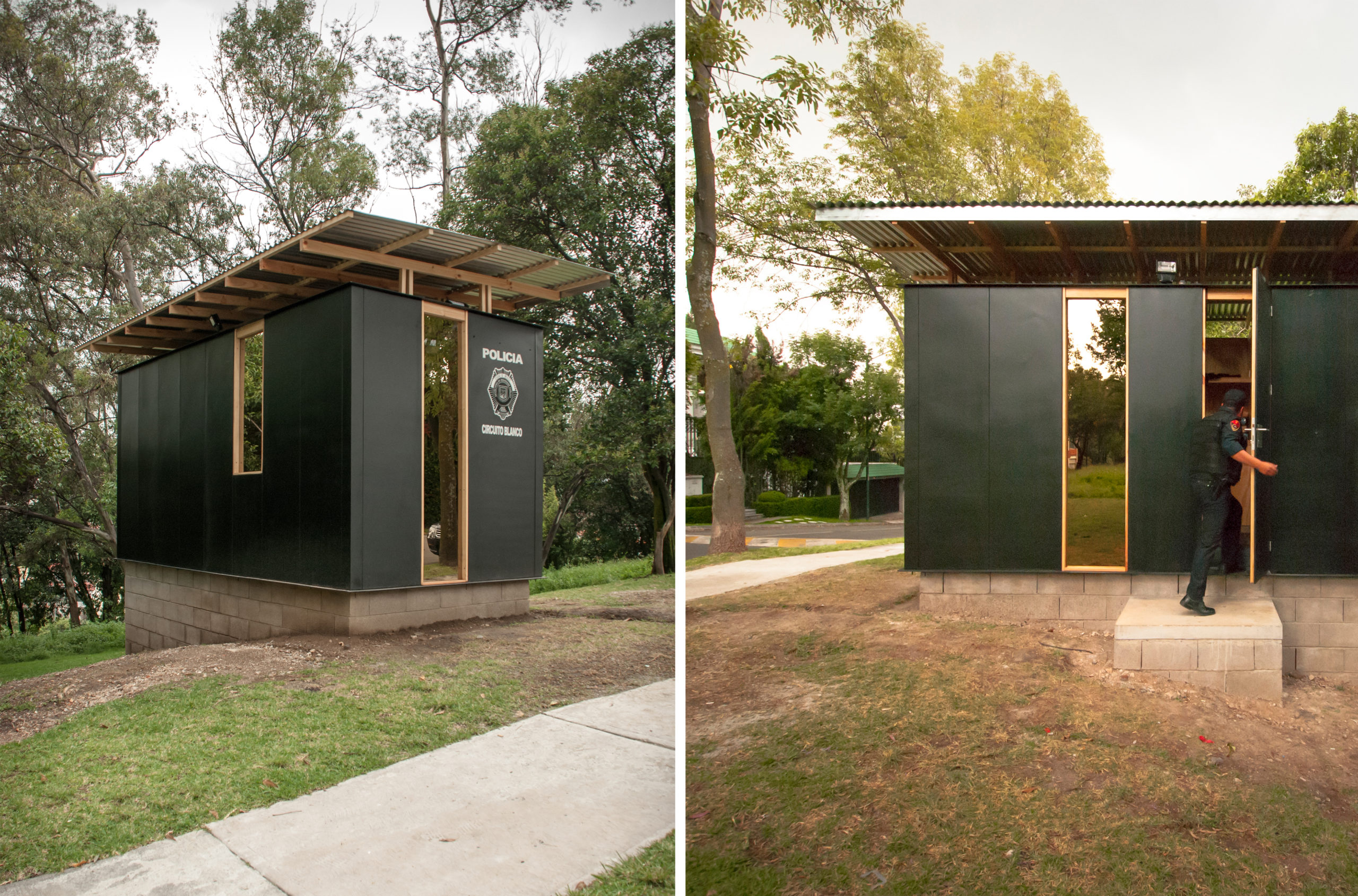
Surveillance Module by Escobedo Soliz Studio, Mexico City, Mexico
In Mexico City, a program entitled ‘Safer Streets, Safer Trails‘ targeted at women has introduced better lighting, security cameras and alarm buttons over 200 kilometers (125 miles) of streets and paths. Combined with other improvements to public spaces, including public toilets and family provisions, street crime against women has been reduced by 29% and raised perceptions of safety in 2018-2021 by 40%. This type of physical change throughout our urban environments keeps people safe. In turn, areas that have previously been poorly serviced, for example by having poor lighting, become diversified and see an increase in footfall, particularly in the evening, this supports local businesses, reducing the likelihood of a monopoly on particular streets and within certain rental bracket areas.
As we know, gendered societal roles are common globally, and while vast improvements in these statistics have been made in recent generations, it still stands that women and girls typically adopt the position of carer for dependants. A study of 3,001 working adults showed that 74% of women are the main carer for children, family members with long-term illnesses, and aging family members. These responsibilities often require taking periods off employment to care for family, compared with just 26% of men who fill the same roles.
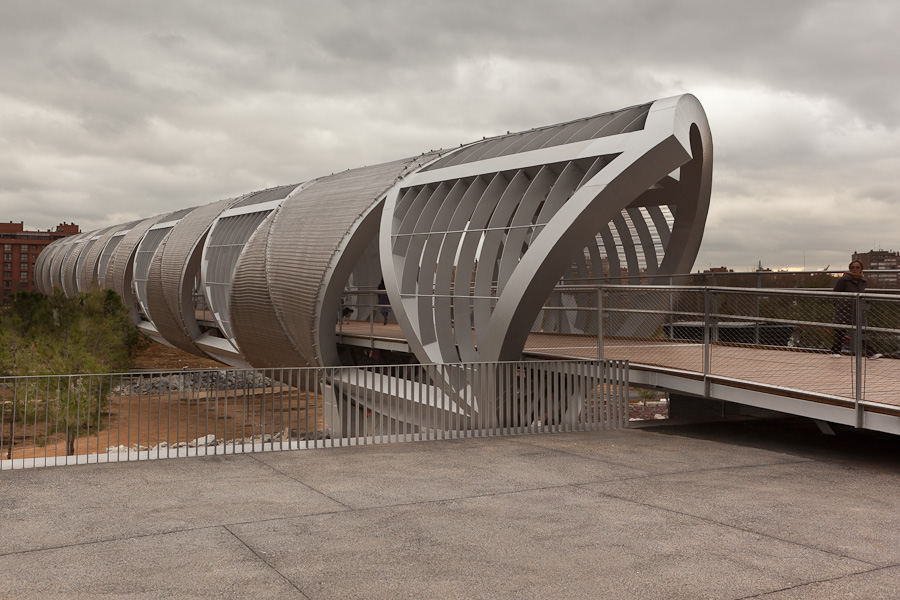
Arganzuela footbridge by Dominique Perrault, Madrid, Spain
City transport systems often fail to include or support these common care responsibilities, rarely including the needs of caregivers when developing their timetables, location strategies and routes, typically supporting 9-5 workers in the most densely populated business-centric areas.
Ground-breaking work by Inés Sánchez de Madariaga, Arch, Ph.D., MSc, an internationally recognized expert on gender in research, architecture, planning and development, introduced the concept of the ‘mobility of care.’ She challenged how the transport statistics in Spain were collated to accentuate the commute to work. Instead, she demonstrated that ‘care work’ generated as many trips as the daily commute and therefore merited much better provision. Today, as healthcare services are dwindling globally through stretched workforces and inadequate pay compensation, care responsibilities taken on by relatives are estimated to increase yearly.
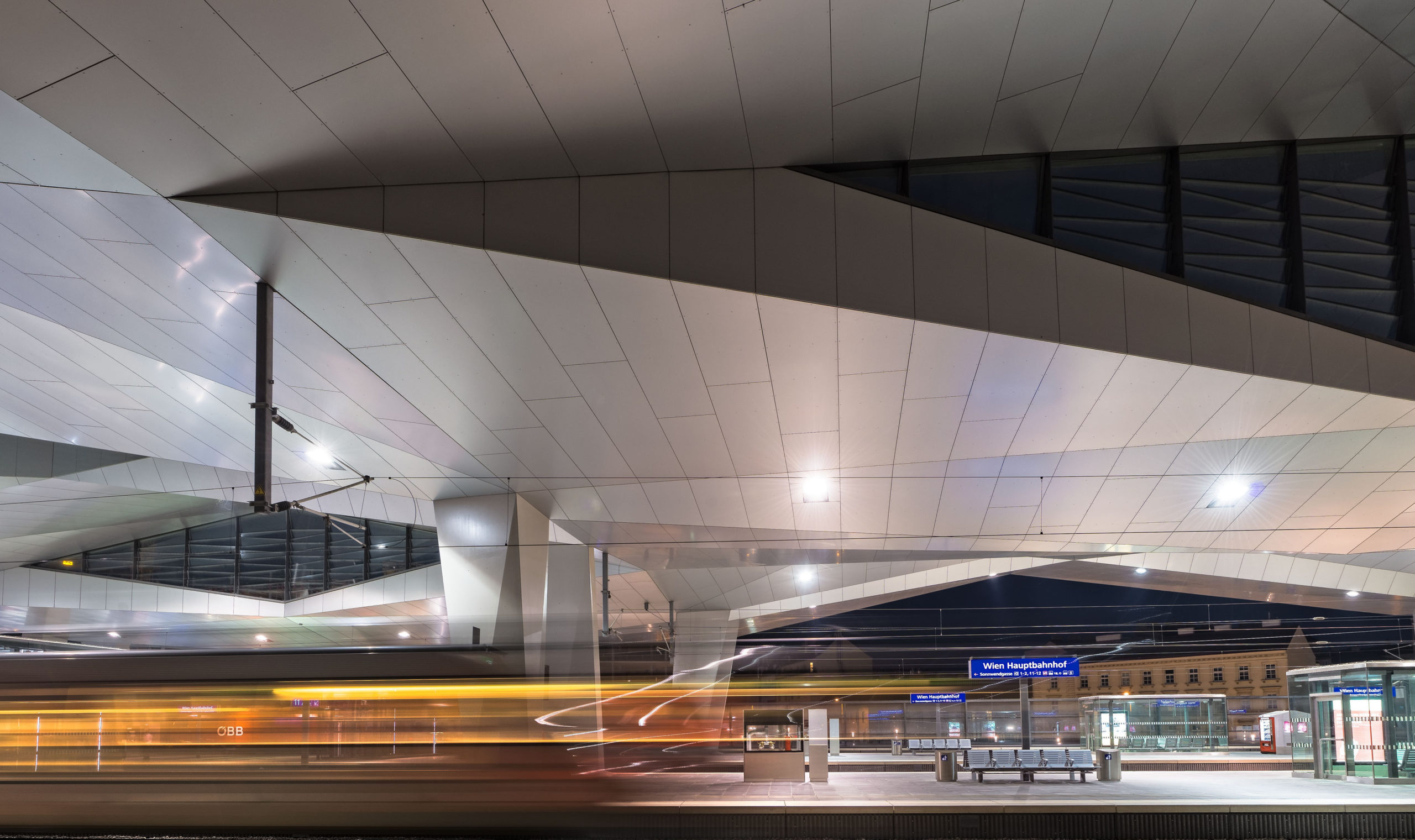
Vienna Central Station by Theo Hotz, Vienna, Austria
Based on much of the professor’s work in combatting the disparity between the services suited for carers and commuters, the City of Vienna has developed as a polycentric city. The Austrian city has favored multiple well-designed and well-connected neighborhoods over a dense central hub. The new urban extension to Vienna, Aspern Seestadt, connects its projected 20,000 households to the city center with a reliable and fast metro link. The transport system offers connections that open new employment opportunities and improve accessibility to sufficient schools, nurseries and medical services. Its development plan is based on a “city of short distances,” making it easier and more cost-effective to traverse the city.
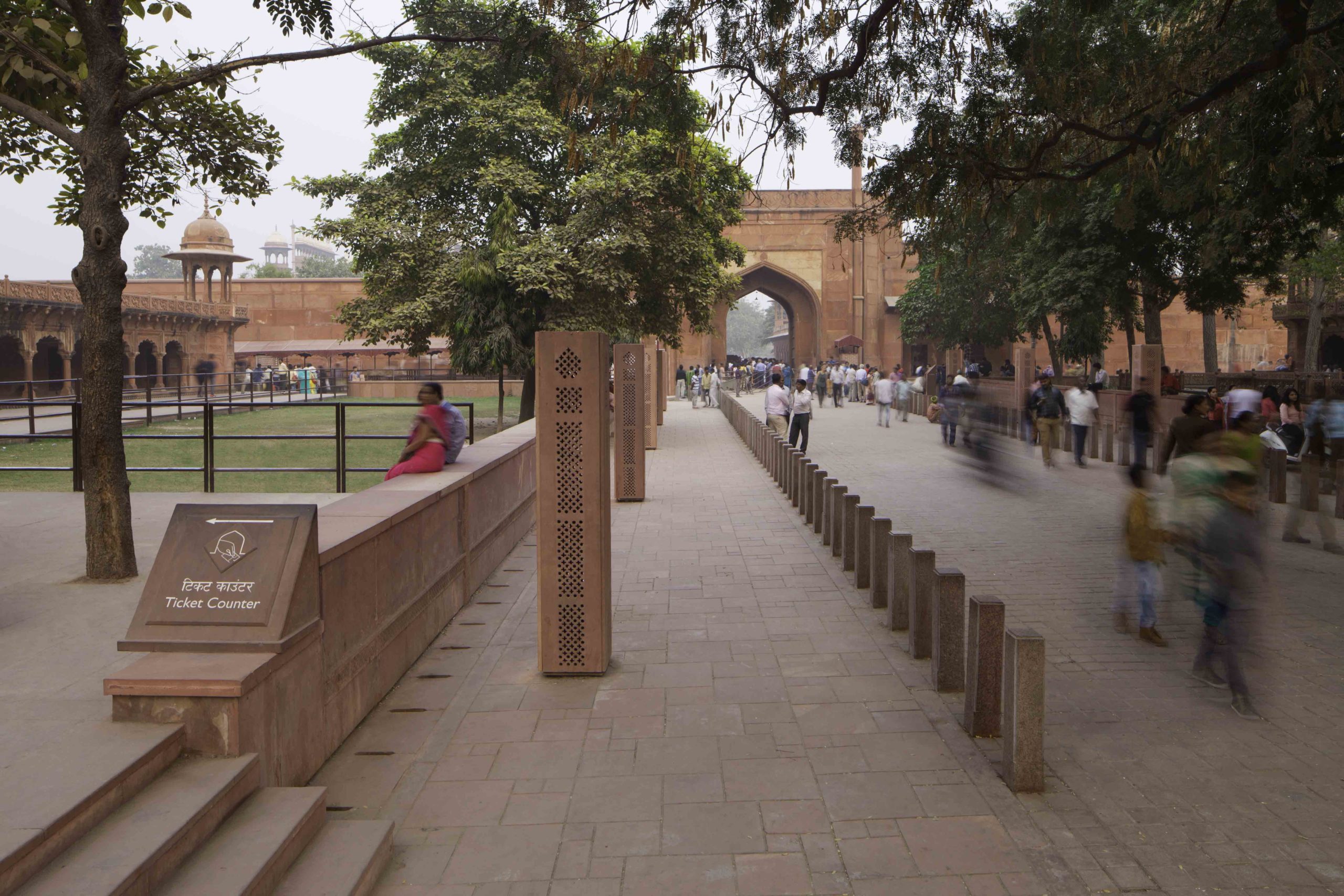
Taj Ganj Redevelopment by archohm, Agra, India
Similarly, across India, there has been increased interest in adopting sustainable urban planning concepts such as the ‘15-minute city,’ which recognizes an urban environment where each inhabitant can reach everything they need within 15 minutes of travel, ideally by foot or bicycle. Such concepts focus on gender disparities addressing the predisposed value society puts on an individual’s time based on their position as a worker or a carer. Many supporters of the strategy note that it should not be the case that getting to and from an office is serviced with highly efficient public transport systems but to and from a hospital or supermarket is cumbersome and time-consuming.

Taj Ganj Redevelopment by archohm, Agra, India
While initially, the thinking around feminist urban planning explores how to make our cities safer and more accessible for women and marginalized groups, in reality, strategic planning with such considerations makes life easier, safer and protects the future for all people, and they can be addressed two-fold. A feminist urban strategy does not simply manage the safety issues felt by women globally, such systems also tackle many climate concerns.
Globally studies show that women and minorities predominantly rely on public transport and non-motorized transit such as walking and cycling as a result of poverty. Additionally, affordable or freely accessible, well-connected public transport infrastructures are critical for reducing carbon emissions and discouraging private vehicular use. Sustainable urban policies prioritizing the development of public transportation and low-carbon non-motorized transport needs can likewise address issues of concern such as safety, access to sanitation and affordability that impact marginalized groups —otherwise known as a win-win situation.
Glasgow now joins the likes of Vienna and Madrid by centering equality at the core of city planning and design it is the city’s hope that by tackling current problems this way, it’s possible to not only build an equitable city but to challenge entrenched social norms on gender roles throughout the city, transforming social relations and opening up opportunities in the process.
It should be noted that much of the data gathered on these subjects is based on the experience of white women in western countries. Globally there is a significant data gap in understanding the lived experiences of Black and minority women, and to successfully implement much of the urban strategy discussed, these imbalances in research must be undertaken to understand the needs of all marginalized groups fully.
Architizer's new image-heavy daily newsletter, The Plug, is easy on the eyes, giving readers a quick jolt of inspiration to supercharge their days. Plug in to the latest design discussions by subscribing.
